Zones...educate me
Poorbutroserich Susan Nashville
10 years ago
Related Stories
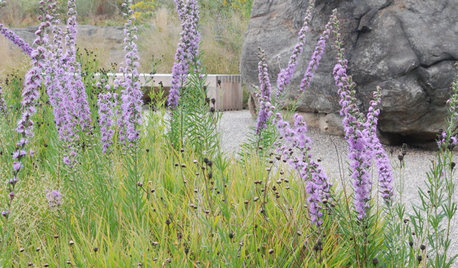
INSPIRING GARDENSNative Plants Inspire and Educate at NYC's Botanical Garden
Stroll through the new Native Plant Garden with us to get great ideas for plant choices and sustainability
Full Story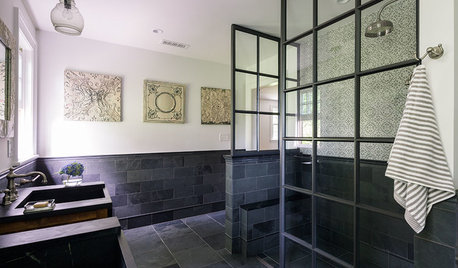
BATHROOM DESIGNRoom of the Day: Master Bath With an Educated Palette
A black and white color scheme and university-inspired decor earn high marks
Full Story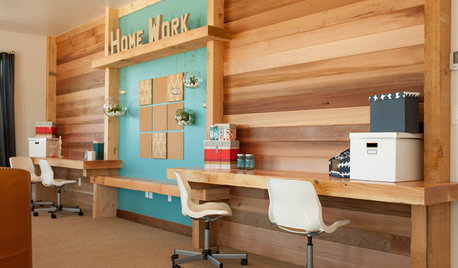
KIDS’ SPACES5 Ideas for a Great Home Learning Zone
Get your child off to a good start this school year with homework areas and strategies that reduce the frenzy
Full Story
COLORTime to Step Out of Your Color Comfort Zone?
If you always seem to pick warm tones, or you stick to the cool ones, bucking your natural inclination could bring new energy to a room
Full Story
MOST POPULARKitchen Evolution: Work Zones Replace the Triangle
Want maximum efficiency in your kitchen? Consider forgoing the old-fashioned triangle in favor of task-specific zones
Full Story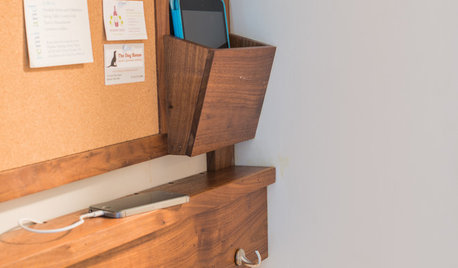
THE HARDWORKING HOMEA New Drop Zone Keeps the Clutter at Bay
The Hardworking Home: A clever wall-mounted station for keys, phones and more helps a family stay organized
Full Story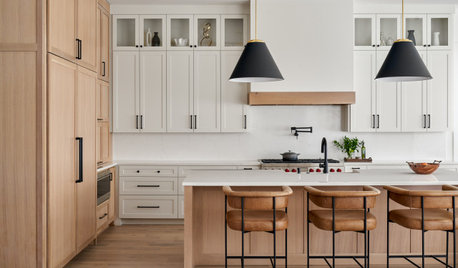
KITCHEN DESIGNStash It All: Know the 3 Zones of Kitchen Storage
Organize storage space around your kitchen’s main activities for easier cooking and flow
Full Story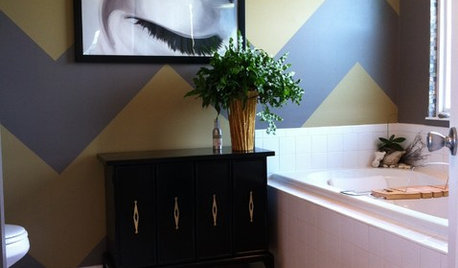
BATHROOM DESIGN7 Reasons to Give Your Bath Zone a Living Room Vibe
With a few living room–like touches, you can transform your bathroom into a practical, relaxing retreat that’s overflowing with personality
Full Story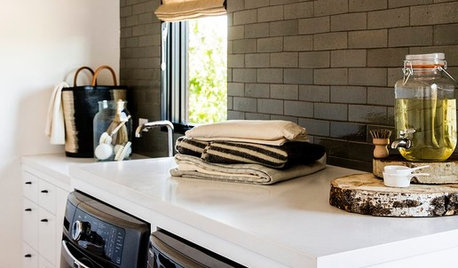
HOUSEKEEPINGClean Up Your Cleanup Zones
Make chore time more pleasant by tidying up your laundry room and updating cleaning tools
Full Story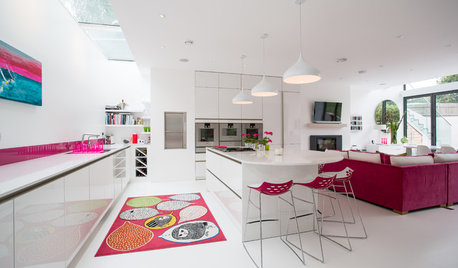
KITCHEN WORKBOOKNew Ways to Plan Your Kitchen’s Work Zones
The classic work triangle of range, fridge and sink is the best layout for kitchens, right? Not necessarily
Full Story





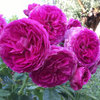

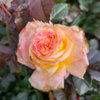
catsrose
mad_gallica (z5 Eastern NY)
Related Professionals
Edmond Landscape Architects & Landscape Designers · Arlington Landscape Contractors · Aurora Landscape Contractors · Deer Park Landscape Contractors · El Mirage Landscape Contractors · Harrisburg Landscape Contractors · Hawthorne Landscape Contractors · Mastic Beach Landscape Contractors · Milford Mill Landscape Contractors · Pine Hills Landscape Contractors · Soddy Daisy Landscape Contractors · South Hackensack Landscape Contractors · West Allis Landscape Contractors · Norridge Landscape Contractors · Clearfield Landscape Contractorshoovb zone 9 sunset 23
cecily
seil zone 6b MI
roseseek
Poorbutroserich Susan NashvilleOriginal Author
michaelg
Poorbutroserich Susan NashvilleOriginal Author